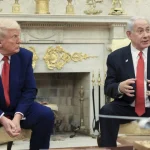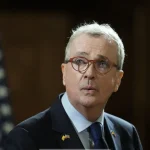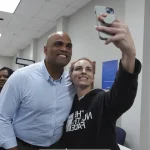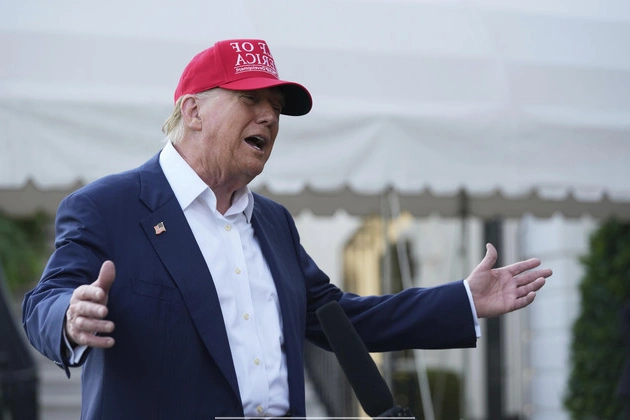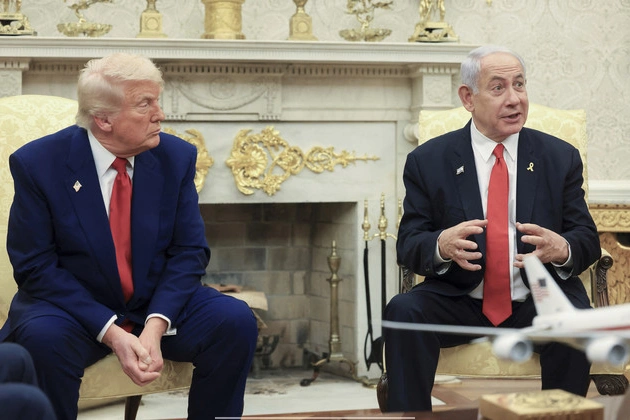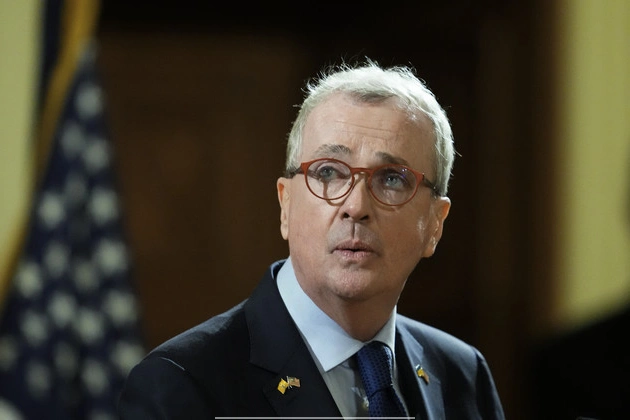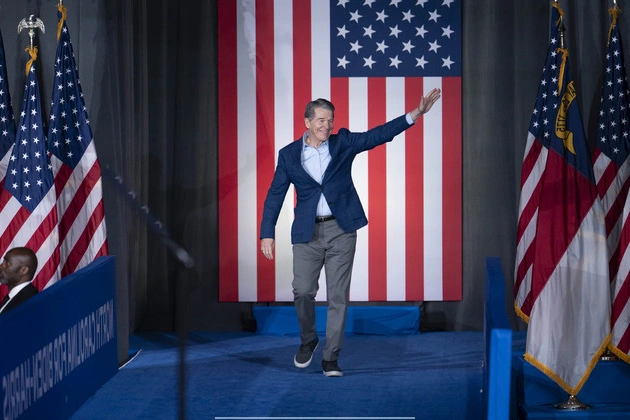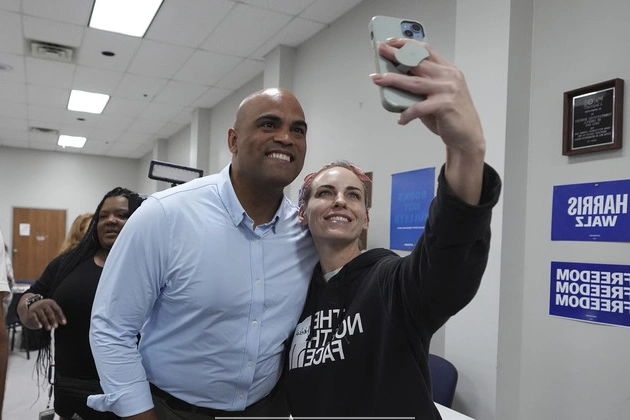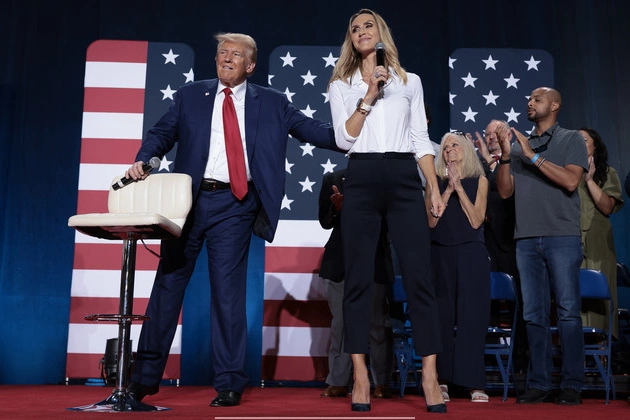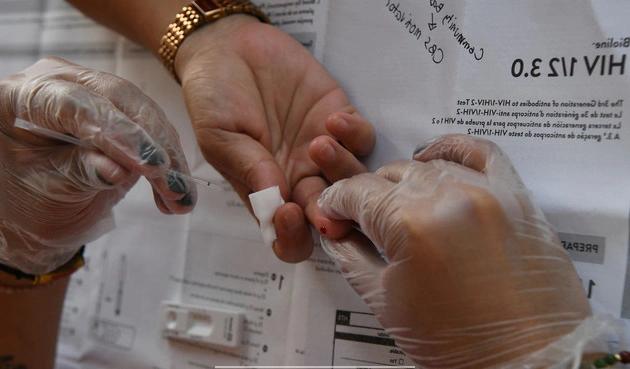
The Trump administration is in discussions regarding potential cuts to the CDC’s domestic HIV program, including funding for prevention, as revealed by two former HHS officials speaking on condition of anonymity.
While no final decision has been reached, an HHS official, also speaking anonymously, stated that if any cuts were to occur, the work would be transferred to other areas within HHS.
Current Evaluation and Future Plans
HHS spokesperson Andrew Nixon emphasized the importance of aligning with the Administration’s directives and streamlining divisions to support broader government restructuring efforts. The aim is to enhance HHS’s service to the American people efficiently, with no definitive decision made yet on streamlining CDC’s HIV Prevention Division.
Contradictory Implications
Such a move appears contrary to one of Trump’s key first-term initiatives, the Ending the HIV Epidemic campaign launched in 2019, which aims to reduce new HIV cases in the U.S. by 90% by 2030.
President Trump’s commitment to ending the HIV epidemic was highlighted during his 2019 State of the Union address, where he urged bipartisan support for this critical cause.
Concerns and Reactions
The CDC currently allocates approximately $1 billion annually to domestic HIV prevention efforts, primarily supporting state-level activities. Reports of potential cuts, initially disclosed by The Wall Street Journal, have raised alarms among HIV prevention advocates.
Advocates question the impact of these cuts on essential functions like testing, surveillance, and outreach efforts conducted by states, emphasizing the potential repercussions of such reductions.
Carl Schmid, director at the HIV + Hepatitis Policy Institute, expressed concerns about the implications of these discussions, highlighting the critical role of CDC funding in supporting vital HIV prevention activities.

